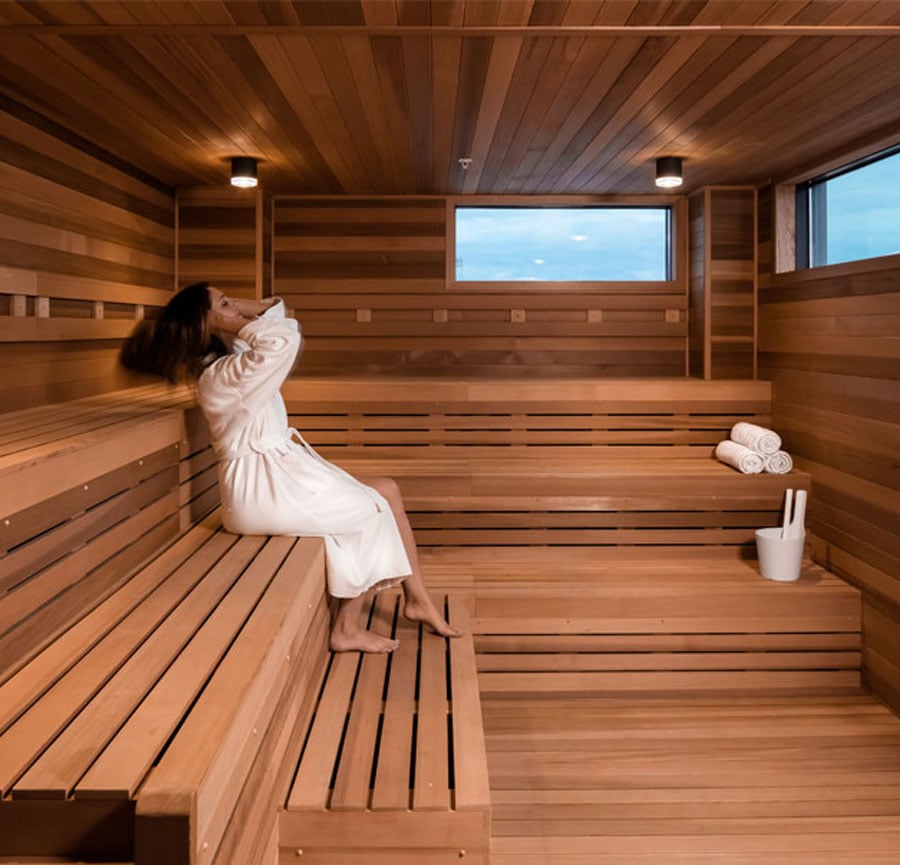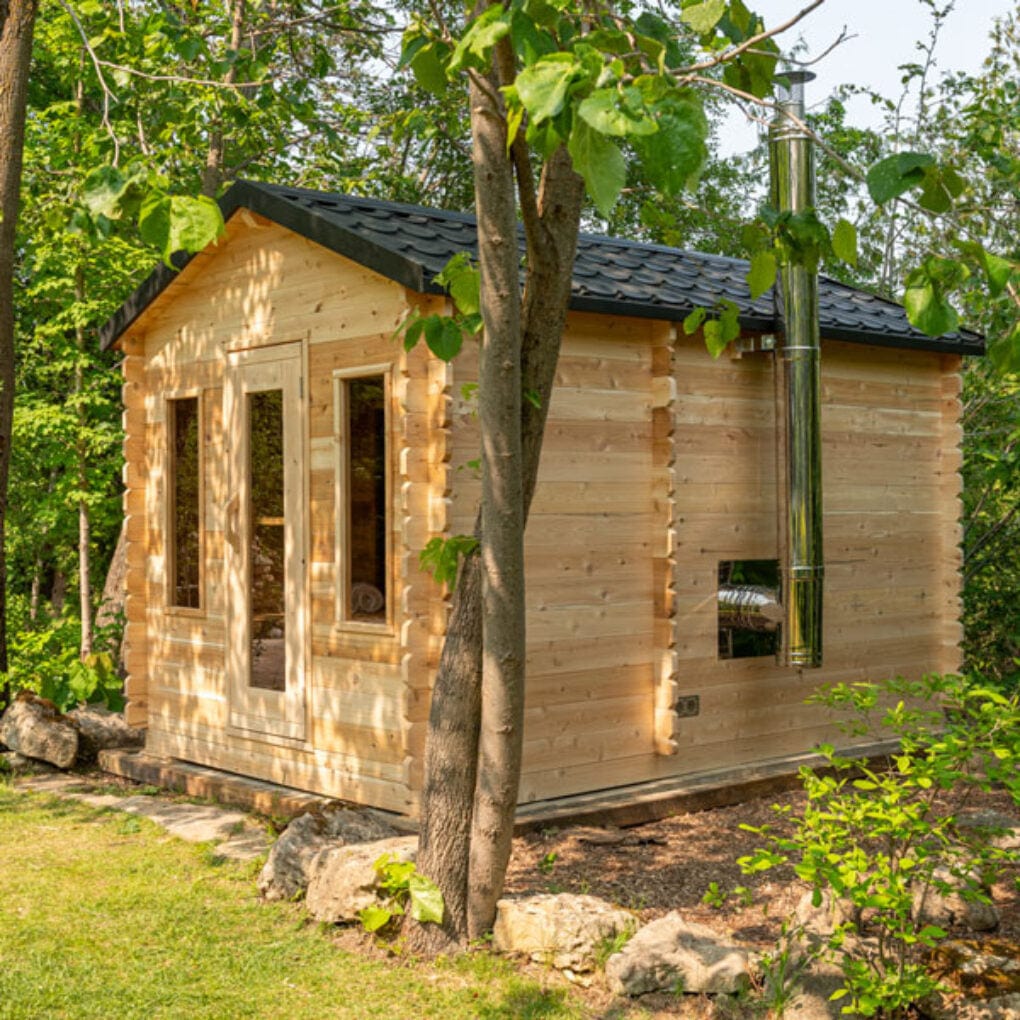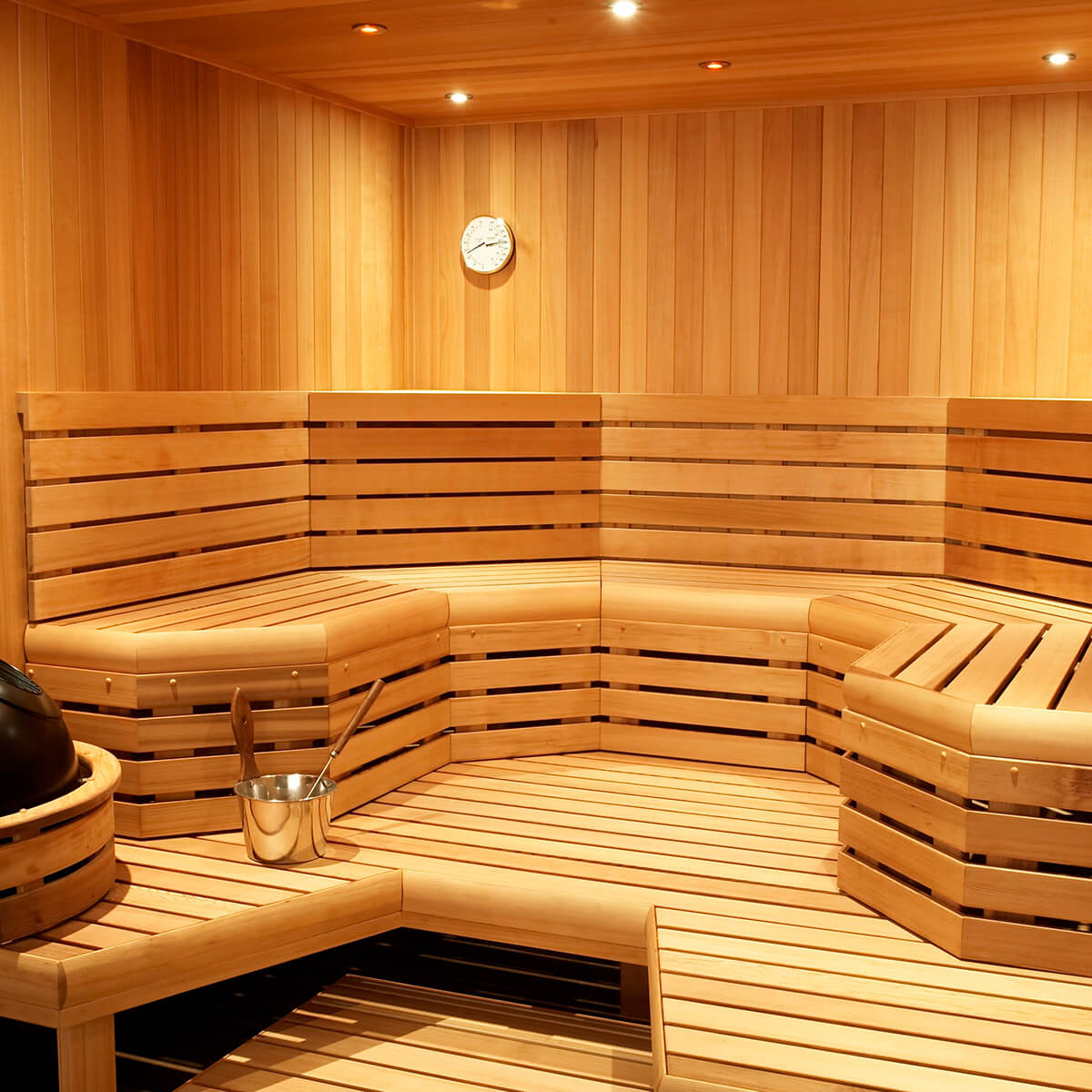Indicators on Traditional Sauna You Should Know
Indicators on Traditional Sauna You Should Know
Blog Article
Indicators on Traditional Sauna You Need To Know
Table of ContentsThe 9-Minute Rule for Traditional SaunaHow Traditional Sauna can Save You Time, Stress, and Money.The Facts About Traditional Sauna Uncovered5 Simple Techniques For Traditional SaunaWhat Does Traditional Sauna Mean?
A lot of the weight lost in a sauna is water loss and is re-gained upon rehydrating. However, undeniably sauna can be a fundamental part of a healthy and balanced weight loss program. To take a look at the distinctions in between conventional and IR saunas, I will certainly separate these right into verifiable, theoretical, and made differences.Hence, the most popular factor in the saunawhich is at the ceiling straight above the sauna heateris commonly between 185 and 190 F. Claims that a standard sauna surpasses 200 F is just not real and not appropriate for electrical saunas offered in the United States. The temperature for a far-infrared sauna is generally established between 120 and 140 F; however, unlike the conventional sauna, the goal in and IR area is not to accomplish a high temperature.

When a standard sauna has actually been properly heated, the sauna wall surfaces are cozy, the air temperature level has attained established temperature and the rocks are super warmed. As an intriguing side note, the warmed walls and the rocks are giving off far-infrared warmth, combined with the warmed air, to create an "enveloping warmth".
The Main Principles Of Traditional Sauna
When the heat is achieved, the components cycle on and off to keep the heat. Many conventional sauna users appreciate pouring water over the rocks to develop heavy steam to raise sauna humidity degrees. The advantages of putting water over the rocks consist of: making the area more comfy, moistening the nasal flows, and permitting the use of aromatherapy by blending vital oils with the water.

When the energy gets in the body, it causes the body temperature level to enhance and eventually results in sweat. In an infrared sauna it's crucial for the emitters/heaters to continue to be on almost constantly. Given that there is no mass of rocks to retain warm, the sauna will certainly cool down if the emitters shut off.
4 Simple Techniques For Traditional Sauna
As mentioned over, the sauna bather in an infrared room wants to position himself in front of operating emitters to obtain optimal gain from the warmth. The heating time for the 2 areas can be extremely various, depending upon just how the spaces have a peek here are used. For a standard sauna, a bather ought to permit 30-40 minutes for the area to accomplish a Source desired temperature level and to effectively pre-heat the rocks.

A well constructed sauna will commonly attain a temperature level of 150-160 F in regarding 30-40 mins. For hotter temperature levels, the room may require to warm for a longer duration.
To some, 15 mins was "thrown away" while the infrared energy heated the wood panels instead of heating a body, while others discover a pre-heated space to be a lot more comfy and think a raised beginning temperature level is needed to start sweating. The length of suggested use for every space is roughly the exact same (10-15 minutes per session); however, due to the lower air temperatures and the ability to really feel the impacts of infrared warm quicker than a standard sauna, it is not uncommon for a person to spend a total amount of 20-30 mins in an infrared sauna.
The Basic Principles Of Traditional Sauna

The ordinary cost per kWH of electrical energy in the U.S. is roughly $0.11, so a 4.5 kW heating system will certainly cost around $.50 to compete one hour, if the heater runs continuously for one hour. Commonly a sauna heater will compete 75% that site of the initial hour and 50% of subsequent hours on because the components cycle once the established temperature is achieved.
A two person far-infrared space is generally literally smaller sized than a traditional sauna, usually concerning 4' x 4' or smaller. The IR heating unit is normally 1.5-1.7 kW making use of a 120 volt 15 amp plug-in solution. Because the area can be used earlier than a sauna room, we will assume the space is utilized for to of an hour including warm up time.
There is a seldom discussed distinction in the social experience in between the 2 spaces. While our society has lost a few of the social benefit of the traditional sauna experience, it can be very socially gratifying (Traditional Sauna). From family time in the sauna, to heart-felt conversations with loved ones, to sauna partiesthe traditional sauna experience can lead to intimate mingling
Unknown Facts About Traditional Sauna
Many greater end infrared rooms consist of tinted light therapy, audio systems and full-glass fronts.
Report this page